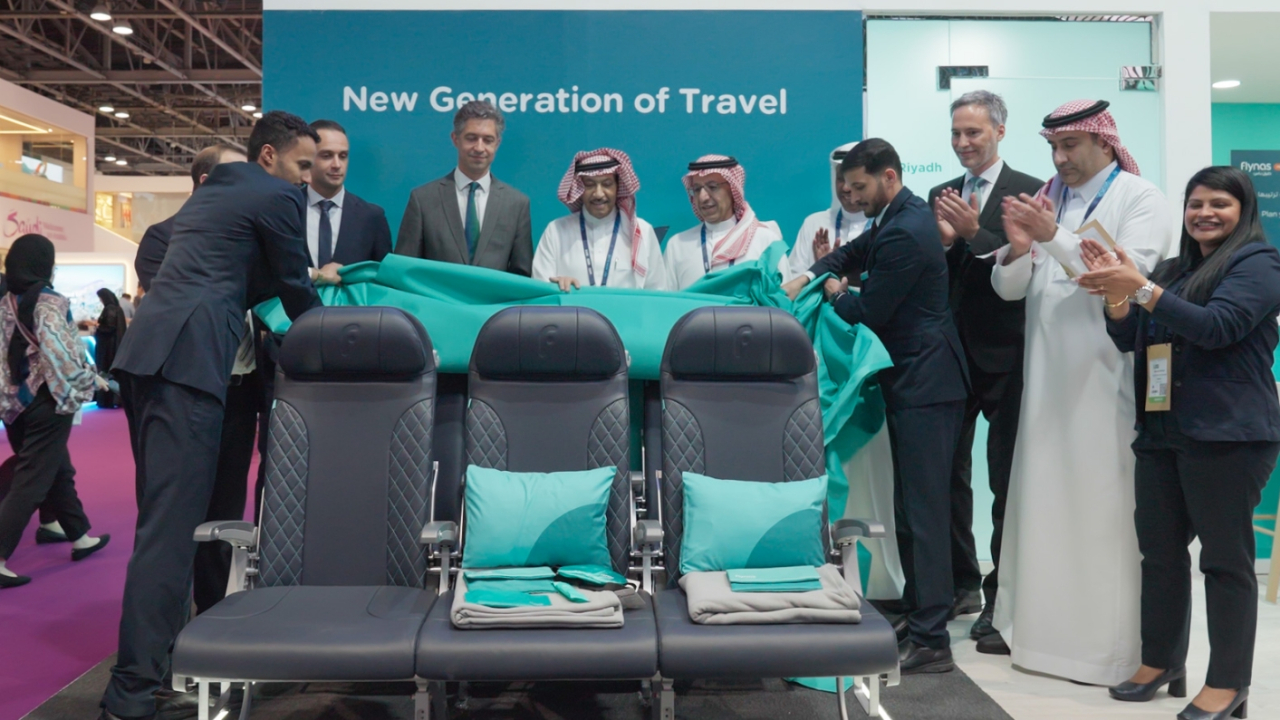AIX:TriaGnoSys launches turnkey inflight GSM solution

GSMConneX will enable aircraft passengers to use their mobile phones, including smartphones, to make and receive calls, send and receive text messages and emails, and browse the Internet with EDGE/GPRS data rates.
The solution consists of the hardware and software parts for both the aircraft and ground segments, with the entire aircraft hardware being contained in only two lightweight and small units. It uses advanced compression and optimisation techniques to make the most efficient use of available bandwidth, minimising satellite link costs. It can also be used for WLAN Internet services by adding an optional Wireless Access Point.
The airborne hardware consists of a Base Transceiver Station (BTS), with an integrated server. This is installed with advanced software for GSM control, satellite control and optional WiFi services which includes portal and payment functionality. The second unit is the Network Control Unit, which controls a wide range of GSM and UMTS frequencies.
Axel Jahn, managing director of TriaGnoSys, said, “Our systems have been used to provide inflight connectivity on commercial airlines for many years. Now, for the first time, we are designing and producing the whole solution, including both the hardware and software. The key advantage is that TriaGnoSys is the turnkey supplier of the whole system, meaning we are the single point of contact during the design and production process. We can therefore provide optimized, efficient and cost-effective solutions.”
“We have designed the units to be very simple to install, both in terms of their size and the minimal wiring required. This means the solution is suitable for all types of aircraft. We are targeting mainly the business market, though it can be used in any aircraft where space is at a premium.”
Features of GSMConneX Aero include the ability to connect to the ground network via satellite, or any other backhaul link, with a number of satellite systems supported, including Inmarsat SwiftBroadband, Ku- and Ka-band, as well as direct air-to-ground.
Stay up to date
Subscribe to the free Times Aerospace newsletter and receive the latest content every week. We'll never share your email address.

